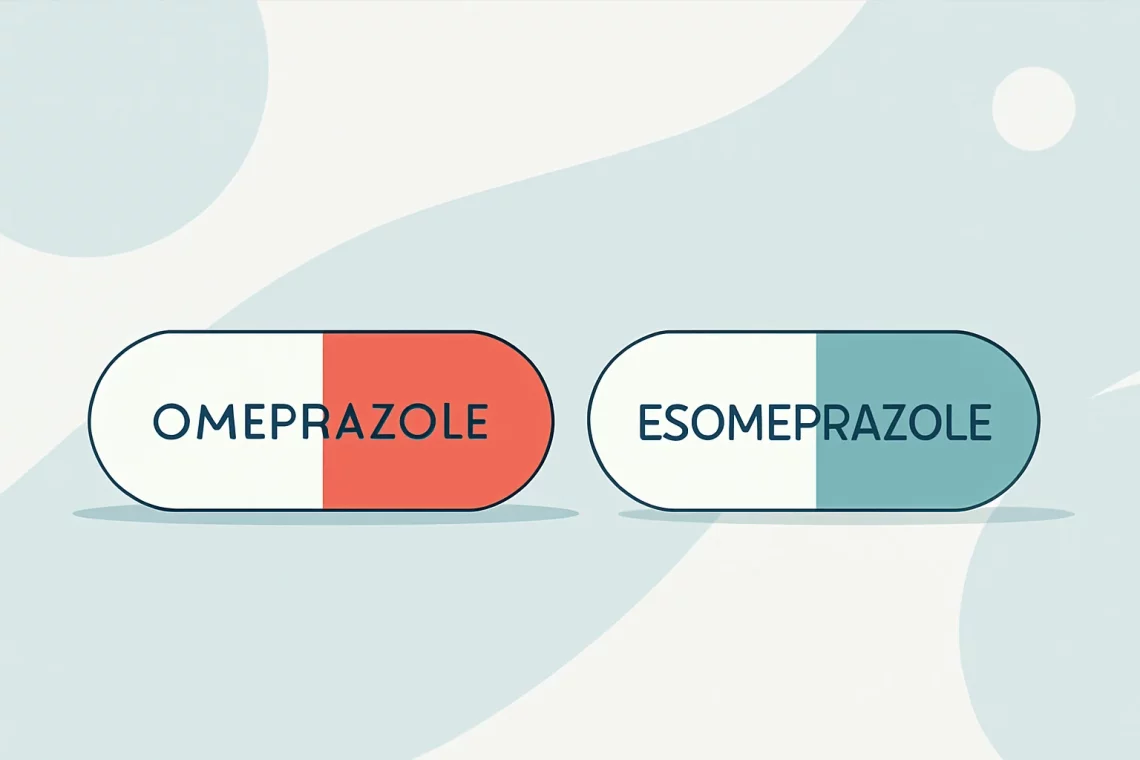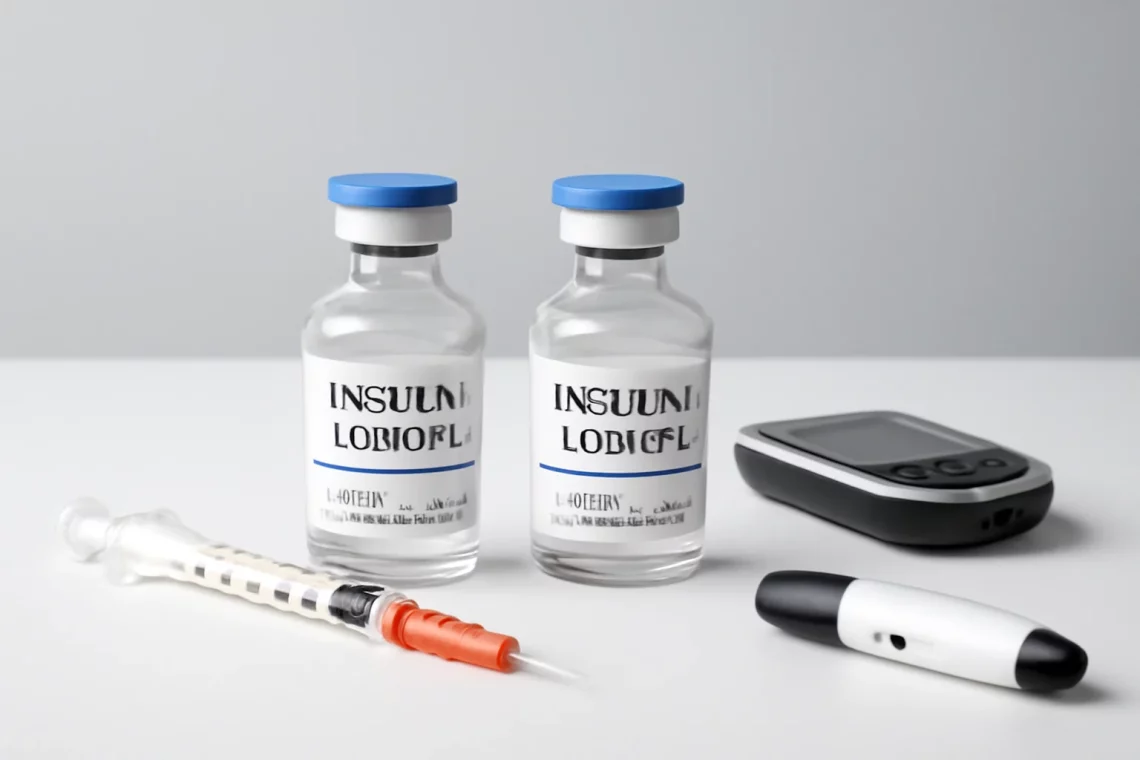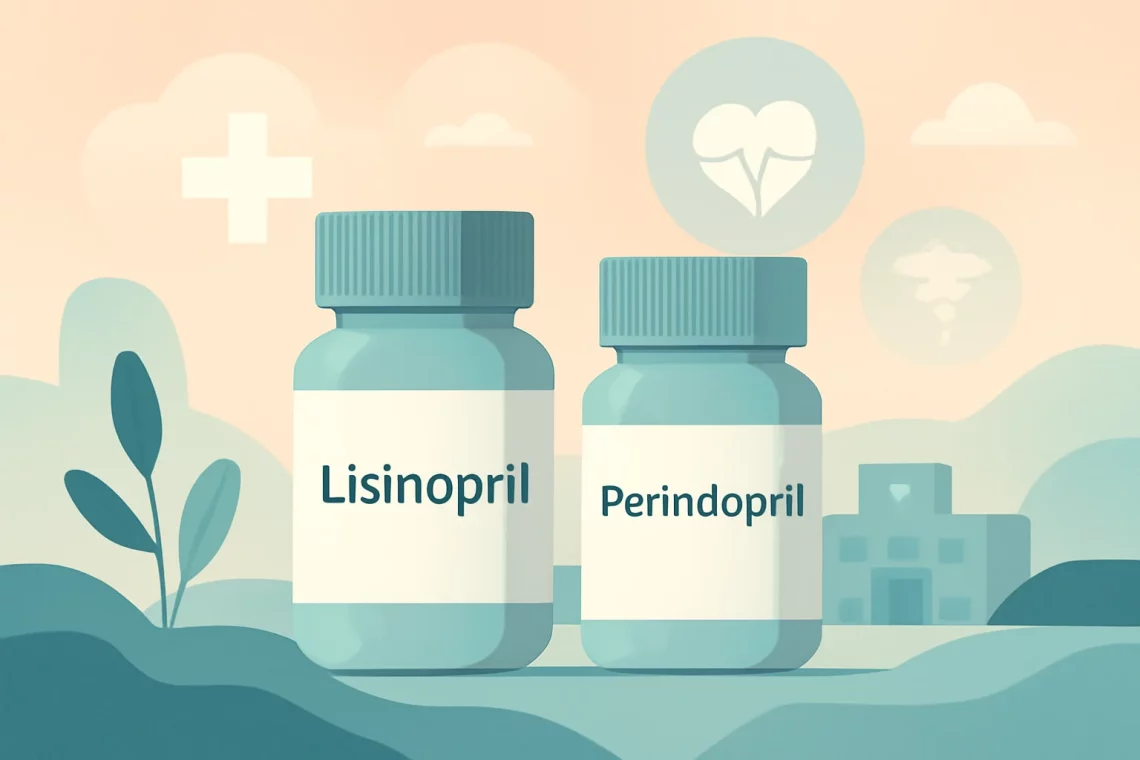-
Omeprazole vs Esomeprazole: Which Is Right for Your Treatment?
Omeprazole and esomeprazole are two widely used medications that belong to a class known as proton pump inhibitors (PPIs). These drugs are primarily employed to treat conditions related to excessive stomach acid, such as gastroesophageal reflux disease (GERD), peptic ulcers, and Zollinger-Ellison syndrome. The growing prevalence of acid-related disorders has led to an increased interest in these medications, prompting both healthcare providers and patients to explore their options for effective treatment. Understanding the differences and similarities between omeprazole and esomeprazole is essential for making informed decisions about acid-reducing therapies. While both medications aim to alleviate symptoms associated with acid overproduction, their chemical structures, pharmacokinetics, and side effect profiles can influence…
-
Omeprazole vs Esomeprazole: Which Is Right for Your Treatment?
Omeprazole and esomeprazole are two widely used medications that belong to a class of drugs known as proton pump inhibitors (PPIs). These medications play a crucial role in managing conditions related to excessive stomach acid production, such as gastroesophageal reflux disease (GERD), peptic ulcers, and Zollinger-Ellison syndrome. While both drugs serve a similar purpose, they differ in their chemical structure, effectiveness, and side effects, leading many patients and healthcare providers to weigh the benefits of one over the other. Understanding the nuances between omeprazole and esomeprazole is essential for making informed decisions about treatment options. As patients seek relief from their symptoms, it’s important to consider factors such as dosage,…
-
Insulin Aspart vs Insulin Lispro: Which One Is Right for You?
Insulin therapy is a cornerstone in the management of diabetes, particularly for individuals with type 1 diabetes and those with advanced type 2 diabetes. Among the various forms of insulin available, rapid-acting insulins such as Insulin Aspart and Insulin Lispro are widely used due to their ability to mimic the body’s natural insulin response to meals. Both types of insulin are designed to provide quick control over blood sugar levels during and after eating, making them essential tools for diabetes management. Understanding the differences and similarities between Insulin Aspart and Insulin Lispro can help patients and healthcare providers make informed decisions regarding insulin therapy. These two insulins are often compared…
-
Januvia vs Invokana: A Comprehensive Comparison of Diabetes Medications
Diabetes has become a global health challenge, affecting millions of individuals worldwide. As the prevalence of type 2 diabetes continues to rise, the need for effective medications to manage blood sugar levels has never been more critical. Among the many treatment options available, two medications that are frequently discussed are Januvia and Invokana. Each of these drugs operates through different mechanisms and offers unique benefits and potential side effects. Januvia, a member of the DPP-4 inhibitor class, works by increasing the levels of incretin hormones, which help regulate blood sugar levels. On the other hand, Invokana belongs to the SGLT2 inhibitor class, functioning by preventing the reabsorption of glucose in…
-
Amlodipine vs Nifedipine: Which is Better for Your Heart Health?
Amlodipine and nifedipine are both medications used primarily in the management of hypertension and certain forms of angina. As calcium channel blockers, they work by relaxing the blood vessels, allowing for improved blood flow and reduced strain on the heart. Although they share a common mechanism, the two medications differ in their pharmacological properties, indications, and side effects. Understanding these differences can help patients and healthcare providers make informed decisions regarding the best treatment options. Hypertension, often referred to as high blood pressure, is a chronic condition that can lead to severe health complications if not managed properly. The prevalence of hypertension has been on the rise, prompting the need…
-
Lisinopril vs Valsartan: Which Medication is Right for You?
The management of hypertension and heart-related conditions is critical in promoting overall wellness. Among the various pharmacological agents available, Lisinopril and Valsartan are two commonly prescribed medications that have garnered significant attention. Both drugs are utilized for treating high blood pressure and heart failure, yet they belong to different classes and operate through distinct mechanisms. Understanding the nuances of these medications can empower patients and healthcare providers to make informed decisions regarding treatment options. Lisinopril is an angiotensin-converting enzyme (ACE) inhibitor, while Valsartan is classified as an angiotensin II receptor blocker (ARB). The differences in their mechanisms of action can influence their efficacy, side effects, and overall patient experience. Furthermore,…
-
Clonazepam vs Librium: Key Differences and Uses Explained
Clonazepam and Librium are two medications that are commonly used to treat anxiety and other related disorders. Both belong to the class of drugs known as benzodiazepines, which work by affecting the central nervous system to produce a calming effect. Due to their similar classifications, many individuals often find themselves comparing these two medications when seeking relief from anxiety, panic disorders, or other conditions that require sedative effects. Understanding the nuances between Clonazepam and Librium can aid in making informed decisions about treatment options. Factors such as potency, duration of action, side effects, and the specific conditions each medication is prescribed for play a critical role in differentiating these drugs.…
-
Lisinopril vs Perindopril: Key Differences and Uses Explained
Lisinopril and Perindopril are two widely used medications that belong to the class of drugs known as ACE inhibitors (Angiotensin-Converting Enzyme inhibitors). These medications play a crucial role in the management of various cardiovascular conditions, particularly hypertension (high blood pressure) and heart failure. The increasing prevalence of these conditions has made it essential for healthcare providers and patients alike to understand the differences and similarities between these two therapeutic agents. Both Lisinopril and Perindopril work by inhibiting the action of the ACE enzyme, which is responsible for converting angiotensin I to angiotensin II – a potent vasoconstrictor that can elevate blood pressure. By blocking this enzyme, both medications help to…
-
Xarelto vs Pradaxa: Which Anticoagulant Is Right for You?
Xarelto and Pradaxa are two popular anticoagulant medications that have transformed the management of various cardiovascular conditions. These drugs are primarily used to prevent and treat blood clots, thereby reducing the risk of serious complications such as stroke and heart attack. With the increasing prevalence of conditions like atrial fibrillation and venous thromboembolism, understanding the differences and similarities between Xarelto and Pradaxa has become essential for both patients and healthcare providers. Patients often find themselves at a crossroads when choosing between these two medications. Both have distinct mechanisms of action, dosing regimens, and side effect profiles that can influence treatment decisions. Additionally, factors such as lifestyle, medical history, and potential…
-
Xarelto vs Pradaxa: Which Anticoagulant is Right for You?
Xarelto and Pradaxa are both well-known anticoagulants that serve a vital role in the management of various cardiovascular conditions. These medications help to prevent blood clots, which can lead to serious health issues such as strokes and heart attacks. The importance of anticoagulants in modern medicine cannot be overstated, as they are crucial for patients with conditions like atrial fibrillation, deep vein thrombosis (DVT), and pulmonary embolism. While both Xarelto and Pradaxa belong to the category of direct oral anticoagulants (DOACs), they have different mechanisms of action, dosing regimens, and side effect profiles. Patients often find themselves in a dilemma when it comes to choosing between these two medications. The…






































